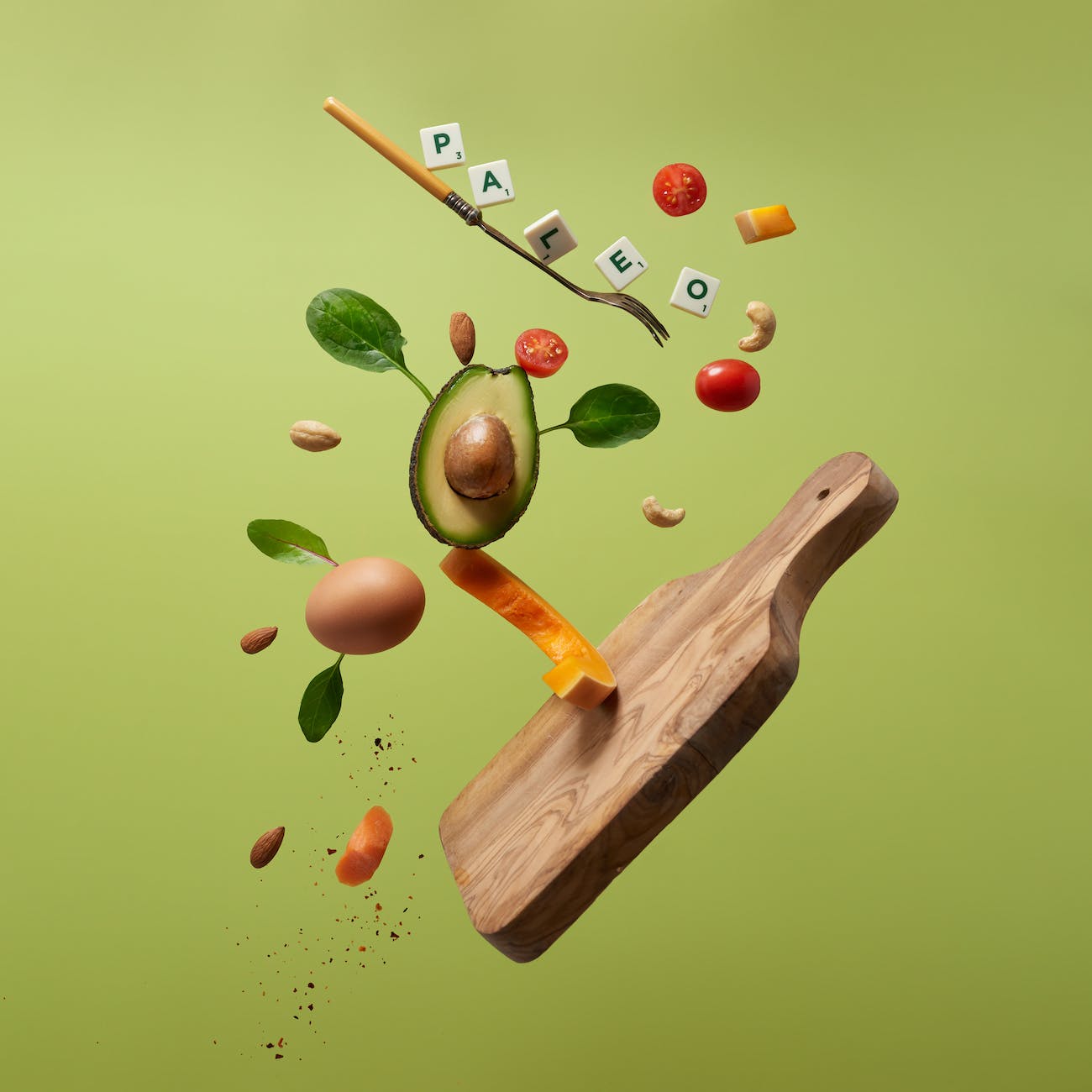Recent studies suggest Turmeric can help with Weight Loss!
Greetings, health aficionados! 👋 Today, we’re journeying into the vibrant world of turmeric, also known as the golden spice. Loved for its distinct taste and color, turmeric is a staple in many kitchens worldwide. But, it’s not just a culinary superstar; it offers a bounty of health benefits, and recent research suggests it could be a helpful companion on your weight loss journey. Buckle up; we’re about to dive deep into the science behind this intriguing spice. 🌈
Unmasking the Magic of Turmeric 🎭
Turmeric, a member of the ginger family, traces its roots back to South Asia. For centuries, it has been the heart and soul of various dishes, primarily Indian curries. Yet, its contribution isn’t limited to the culinary realm. Turmeric holds a respected place in traditional medicine, particularly Ayurveda. The magic lies in its active compound, curcumin, which is responsible for its bright hue and numerous health benefits. ⚡
Turmeric’s Weight Loss Potential: The Science Behind it 🧪
You might be wondering, “Can turmeric really support weight loss?” The answer lies in the active compound, curcumin.
Anti-inflammatory and Antioxidant Properties 🌿
Curcumin, the star component of turmeric, has potent anti-inflammatory properties. Inflammation is closely linked to obesity and weight gain. Chronic inflammation can lead to an imbalance in the cells, leading to resistance to leptin – the hormone that tells our brain we’ve had enough to eat. By curbing inflammation, turmeric can potentially help address this imbalance. ⚖️
Additionally, curcumin is a powerful antioxidant, which means it can neutralize harmful free radicals in our bodies. This process not only aids in maintaining overall health but also supports metabolic processes essential for weight loss. 🏃♂️
Fat Cell Regulation 🏋️♀️
Research suggests that curcumin can influence fat cell division and fat storage, making it an ally in your weight loss journey. It appears to suppress the growth of fat cells and promote fat burning. 🔥
How to Incorporally Turmeric into Your Weight Loss Regime 🥘
Although these scientific findings might tempt you to load your dishes with turmeric or down a cup of turmeric tea right away, it’s essential to remember that turmeric isn’t a magical weight loss solution. Instead, it should be considered a tool to enhance a balanced diet and regular exercise. Here’s how you can incorporate it into your regime:
Cooking with Turmeric 🍲
Turmeric can easily be added to various dishes, from soups and stews to stir-fries and smoothies. Adding it to your food not only offers a flavor boost but also aids digestion – an essential factor in weight loss.
Turmeric Tea 🍵
Turmeric tea is a popular choice for those trying to lose weight. It’s simple to make – just add a teaspoon of turmeric to boiling water, let it simmer for about 10 minutes, strain it into a cup, and enjoy!
Golden Milk 🥛
Golden milk, also known as turmeric milk, is a soothing blend of milk (or plant-based milk alternatives), turmeric, and other warming spices like cinnamon and ginger. It makes for a comforting bedtime drink.
Turmeric Supplements 💊
For those who don’t enjoy the taste of turmeric or want a more concentrated form, turmeric supplements are an option. However, it’s crucial to consult with a healthcare provider before starting any supplement routine.
The Quality Question: Choosing Your Turmeric Wisely 🌿
Like any dietary supplement or food, the quality of your turmeric matters. When selecting, opt for organic, high-quality turmeric. If you’re leaning towards supplements, ensure it contains piperine (black pepper extract), which significantly enhances curcumin absorption in the body.
Beyond Weight Loss: The Health Benefits of Turmeric 🌈
While weight loss potential might be the main topic here, turmeric’s benefits go far beyond that. Here’s a quick look:
- Anti-Inflammatory Powerhouse: Curcumin can combat inflammation at a molecular level, matching the effectiveness of some anti-inflammatory drugs.
- Antioxidant Boon: Curcumin is a potent antioxidant that can neutralize free radicals and stimulate the body’s own antioxidant enzymes.
- Brain Health: Curcumin boosts brain-derived neurotrophic factor (BDNF), a type of growth hormone that promotes brain health.
- Heart Health: Curcumin can help reverse heart disease by improving the function of the endothelium – the lining of your blood vessels.
- Cancer Fighter: Research indicates that curcumin can reduce angiogenesis (growth of new blood vessels in tumors), metastasis (spread of cancer), and contribute to the death of cancer cells.
- Depression and Anxiety Relief: Several studies suggest that curcumin could help alleviate symptoms of depression and anxiety.
Caution: Precautions and Potential Side Effects ⚠️
Although turmeric is generally safe for most people, high doses or long-term use could cause gastrointestinal issues. Turmeric may also interact with certain medications, such as blood thinners, and could exacerbate gallbladder problems. Always consult with a healthcare provider before beginning any supplement regimen.
Frequently Asked Questions (FAQs) – Turmeric and Weight Loss
Lets answer some of the commonly asked questions about Turmeric and Weight Loss.
What is turmeric and what does it do?
Turmeric is a golden-colored spice commonly used in Indian and Southeast Asian cuisine. It’s known for its unique flavor, color, and health benefits, thanks to its active compound, curcumin. This compound gives turmeric its potent antioxidant and anti-inflammatory properties, making it beneficial for various health conditions, including aiding weight loss.
How does turmeric help in weight loss?
Curcumin, the active compound in turmeric, can potentially aid weight loss in several ways:
- Anti-inflammatory Properties: Chronic inflammation is closely linked with obesity. Curcumin’s anti-inflammatory properties can help curb this inflammation, thus aiding weight loss.
- Antioxidant Abilities: Curcumin also has potent antioxidant properties that can neutralize harmful free radicals, supporting metabolic processes necessary for weight loss.
- Fat Cell Regulation: Some research suggests curcumin can influence fat cell division and fat storage, promoting fat burning.
How can I incorporate turmeric into my diet for weight loss?
There are various ways to incorporate turmeric into your diet:
- Cooking with Turmeric: You can add turmeric to various dishes such as soups, stews, stir-fries, and even smoothies.
- Turmeric Tea: Turmeric tea is a popular choice among those looking for weight loss. It’s simple to make and can be consumed daily.
- Golden Milk: Also known as turmeric milk, this comforting blend is a great way to consume turmeric regularly.
- Turmeric Supplements: If you don’t enjoy the taste of turmeric, supplements are an option. However, do consult with a healthcare provider before starting any supplement regimen.
How do I choose good-quality turmeric?
Opt for organic, high-quality turmeric. If you’re choosing supplements, ensure it contains piperine (black pepper extract) as it enhances the absorption of curcumin in the body.
Are there any side effects to consuming turmeric?
While turmeric is generally safe for most people, high doses or long-term use can cause gastrointestinal issues. Turmeric may also interact with certain medications like blood thinners and could exacerbate gallbladder problems. It’s always best to consult with a healthcare provider before beginning any supplement regimen.
What other health benefits does turmeric have?
Apart from potential weight loss benefits, turmeric:
- Fights inflammation at a molecular level.
- Acts as a potent antioxidant.
- Boosts brain health.
- Contributes to heart health.
- May have anti-cancer properties.
- Could help alleviate symptoms of depression and anxiety.
Remember, the information provided is for informational purposes only and is not a substitute for professional medical advice. Always consult your healthcare provider with any questions you have regarding a medical condition.
The Bottom Line ⏳
Turmeric, the golden spice, is more than just a flavorful addition to your meals. With its active compound curcumin, it offers potential weight loss benefits, along with a host of other health boons. But remember, there’s no magic pill or spice for weight loss. Healthy eating, regular exercise, and a balanced lifestyle remain your best friends on the weight loss journey.
Thanks for reading! I hope you found this post helpful. Have any health or nutrition topics you’d like me to cover? Leave a comment below! 👇💬
Disclaimer: This blog post is for informational purposes only. It is not a substitute for professional medical advice or treatment for specific medical conditions. Always seek the advice of your physician or other qualified health care providers with any questions you may have regarding a medical condition













